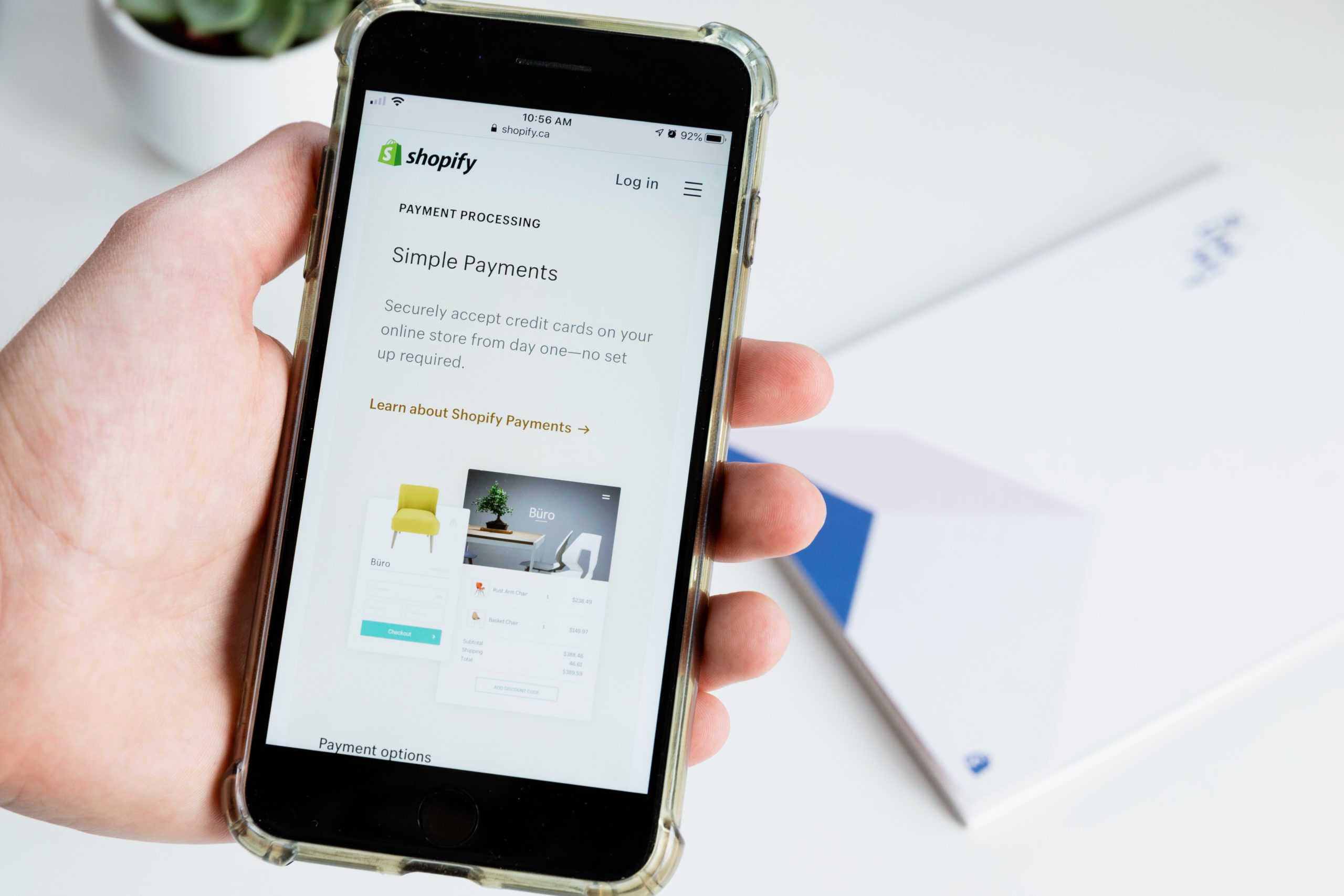The holiday shopping season is in full swing now. Granted, it’s a looking a lot different than it did in years past, with the pandemic influencing consumers’ moods and their shopping habits. But already, some important lessons are emerging that may affect retailing all year-round:
- Online retailing is bigger than ever. During Thanksgiving Weekend, shoppers broke records for online purchases, with Cyber Monday 2020 becoming the biggest online shopping event ever in the United States. In addition, Black Friday broke a record for most online sales. Although e-commerce was already booming in 2020, it was not certain that Black Friday and Cyber Monday would be this big. Retailers such as Walmart, had been spreading out Black Friday sales online going back to early November, which raised the question of whether those sales might cannibalize the “real” Black Friday occurring November 27 this year. There was no need for worry.
- Thanksgiving Day is turning into a huge shopping event. According to Adobe Analytics, Thanksgiving Day spending online rose by nearly 22 percent year over year to $5.1 billion, hitting a new record. Businesses that advertised Thanksgiving Day deals online probably benefitted from the fact that many big retailers closed on Thanksgiving Day, reversing a growing practice of launching Black Friday deals in stores on a day when families normally would be gathering to eat turkey and watch football. But Thanksgiving Day 2020 was different. People visited less with families and friends given the safety risks of in-person gatherings. Apparently, they had more time on their hands to go online. And they shopped.
- Brick-and-mortar stores still matter. Even amid the pandemic, 124 million Americans shopped in stores over Thanksgiving weekend, according to the National Retail Federation (NRF). But offline stores got less foot traffic – down 52 percent from 2019. Stores offering curbside pickup saw traffic increase by 52 percent, according to Adobe. The lesson for brands is to ensure that your digital advertising and organic content plays up the availability of options such as curbside pickup, as well as clear instructions for how to use curbside.
- Mobile keeps growing. Shopping on smartphones rose 25 percent to $3.6 billion, making up 40 percent of total online spending on Black Friday. But people are using mobile in different ways now – searching and purchasing online but also booking curbside pick-up services offline. All told, cross-channel shoppers – those who visited websites and brick-and-mortar stores — spent an average $366.79 over the holiday weekend, which exceeded by 25 percent the spend generated by people who shopped in a single channel, according to the NRF. Stores that integrate a complete cross-channel mobile experience are in the driver’s seat.
- Black Friday, as we know it, is gone forever. Forget about the Black Friday tradition of shoppers lining up for door buster sales. Even when it becomes safer to shop in stores, retailers are not going to treat Black Friday exclusively as an annual event. Instead, they’ll continue to hold a series of Black Friday events, mostly online, weeks before the actual day. Long before Covid-19 hit, Black Friday was already heading in this direction to reflect a shift to online shopping. By spreading out Black Friday sales over a period of days, retailers can also manage the challenge of fulfilling orders – and this is no small challenge, either, especially amid a surge in online commerce in 2020.
What Businesses Should Do
Retailers need to be nimble. They need to plan ahead for the holiday season as they’ve done in the past, but they also need to be ready to adapt to changing consumer behavior. For example, it’s clear now that Thanksgiving has arrived, but only retailers that paid attention to shopping trends and adapted their online advertising strategies benefitted from that shift. In addition, consumers have shown a remarkable penchant for suddenly wanting to buy products ranging from chess sets to puzzles in 2020, as they manage the realities of social distancing. But how many retailers adapted? Fortunately, tools such as Google Insights help advertisers monitor changes in consumer behavior and adjust their advertising strategies accordingly.
Contact True Interactive
To succeed with online advertising, contact True Interactive. Read about some of our client work here.
Photo by Roberto Cortese on Unsplash
